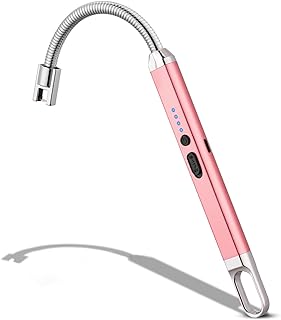The Art of the Flame: Lighter Designs Through the Ages
From ancient tinderboxes to sleek, modern marvels, the humble lighter has been a constant companion, providing fire and warmth for centuries. Its evolution is a testament to human ingenuity and a reflection of changing styles and technological advancements.
Ancient Origins:
* Tinderboxes: Dating back to prehistoric times, these were early fire-making devices using flint and steel to create sparks that ignited tinder. Their design ranged from simple wooden boxes to intricate, metal-clad contraptions, often adorned with decorative elements.
* Flint and Steel: This method remained popular throughout the Middle Ages and Renaissance, with skilled artisans crafting intricate designs for the strikers and holders. Some even incorporated magnifying lenses for increased efficiency.
The Dawn of the Modern Lighter:
* The D?bereiner Lighter (1823): This innovative device, invented by German chemist Johann Wolfgang D?bereiner, utilized hydrogen gas to ignite a flame. Its elegant design, with a central chamber and a spout for gas release, was a major step forward.
* The Friction Lighter (1826): Jean-Pierre Verlhac's design revolutionized lighter technology. It employed friction between a rotating wheel and a flint to generate sparks, igniting a wick soaked in flammable liquid. This concept laid the groundwork for modern lighter designs.
The Rise of Convenience:
* Early Pocket Lighters (19th Century): These were compact, hand-held versions of friction lighters, incorporating intricate mechanisms and decorative elements. They became popular accessories for gentlemen and ladies alike.
* The Zippo Lighter (1932): This iconic lighter, with its distinctive windproof design, quickly became a symbol of American culture. Its simple, yet effective design, featuring a flip-top lid and a reliable flint-and-wheel ignition system, cemented its place as a classic.
* The Bic Lighter (1973): The invention of the disposable plastic lighter, utilizing a butane fuel cartridge, brought affordability and convenience to the masses. Its widespread adoption made lighters readily accessible to everyone.
Modern Marvels:
* Electronic Lighters: Utilizing piezo-electric technology, these lighters are incredibly reliable and offer various features like adjustable flames and integrated USB charging capabilities.
* Plasma Lighters: These futuristic designs utilize a high-voltage electric arc to create a flame-free spark, offering wind resistance and an environmentally friendly alternative to traditional lighters.
* Smart Lighters: Connecting to smartphones, these innovative lighters allow for customizable settings, remote control, and even safety features like flame timers and location tracking.
Beyond Function:
* Lighter as Art: Throughout history, lighters have been crafted into exquisite works of art, with skilled artisans incorporating precious metals, intricate engravings, and even miniature sculptures into their designs.
* Lighter as Collectible: From antique flint and steel lighters to vintage Zippos, the collection of lighters has become a popular hobby, with enthusiasts seeking rare, limited-edition, and historically significant pieces.
Conclusion:
The lighter's journey from ancient tinderboxes to modern marvels reflects a fascinating interplay between practicality, style, and technological innovation. Its evolution is a testament to human ingenuity and the enduring desire for a reliable source of fire. From simple tools to sophisticated gadgets, the lighter continues to be an essential part of our lives, igniting both flames and our fascination with the art of design.


